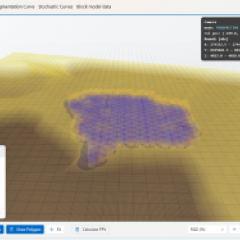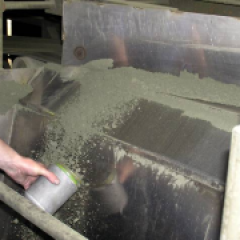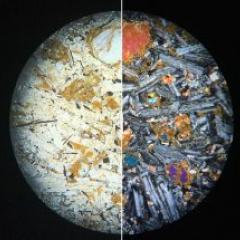This is a technical article based on optimisation projects tracing back to the performance of hydrocyclones as the root cause of an issue. In our team's experience, hydrocyclones are poorly operated and maintained, exacerbating issues that many operations commonly have.
Performance of Hydrocyclones
Optimisation projects are regularly undertaken without knowing the root cause of an issue. It is all well and good to trial a multitude of flotation reagents, change the operating characteristics of your flotation cells, or add more media into your ball mills.
BUT, time and again, root cause analysis traces back to the performance of hydrocyclones.
In our team's experience, hydrocyclones are poorly operated and maintained in both primary grinding and regrind circuits, exacerbating issues that many operations commonly have.
Example: Flotation Recovery
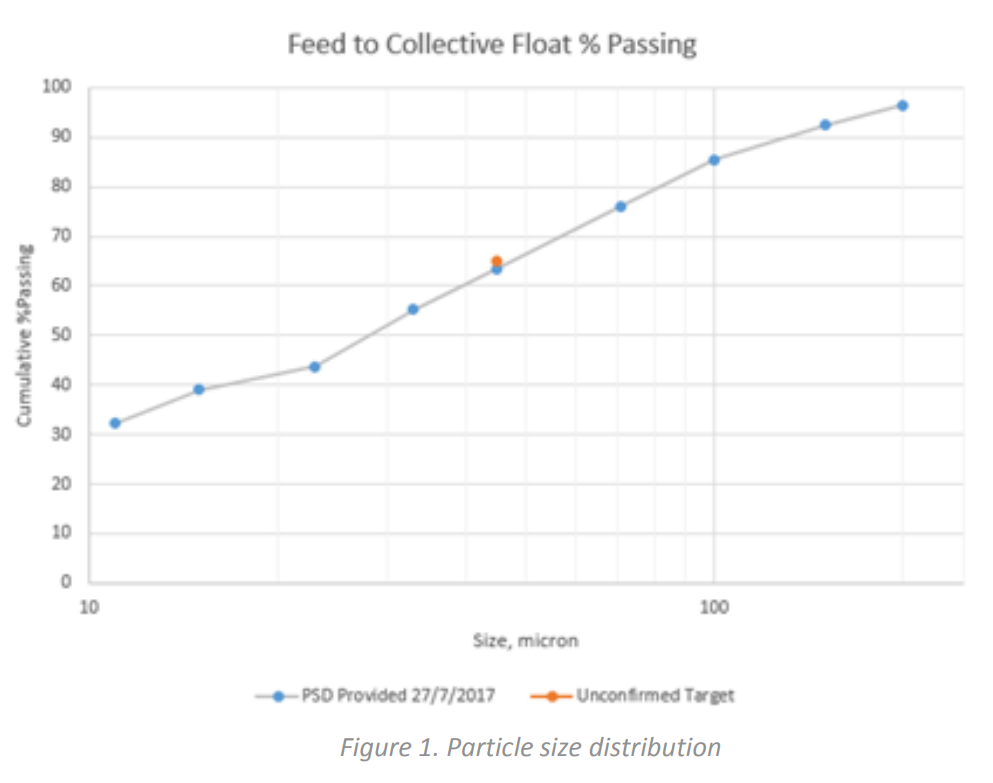 At one operation, JKTech was engaged to improve flotation recovery through reagent optimisation.
At one operation, JKTech was engaged to improve flotation recovery through reagent optimisation.
However, an initial review showed that the particle size distribution of the flotation feed resembled that shown in figure 1. Even to some of the uninitiated, it was evident that this was not the most desirable situation for flotation, even though they were achieving their grind size target!
A significant amount of overgrinding was apparent. The shape of the curve indicated that the hydrocyclones needed to be prioritised over expensive reagent trials to improve recovery (apologies to the reagent suppliers).
Example: Hydrocyclone Performance
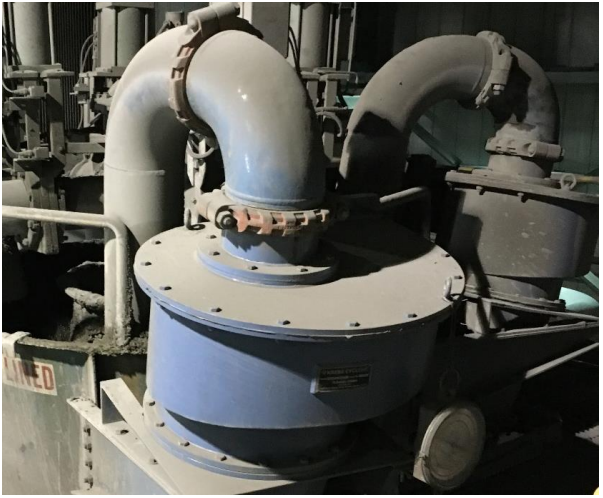 At another operation, JKTech was engaged to identify potential improvements to hydrocylone performance.
At another operation, JKTech was engaged to identify potential improvements to hydrocylone performance.
It was found that the hydrocyclone feed density gauge was reading significantly lower to the actual density. Following re-calibration of the gauge, and with further improvement of cyclone operational and design parameters using JKSimMet, a significantly sharper efficiency curve was achieved. This resulted in improvements to downstream recoveries while alleviating pumping capacity that were previously constrained by fines and water caught up in recirculating loads.
These examples were relatively basic, but many basics seem to be getting lost in the day-to-day jobs of the modern plant metallurgist. Simple maintenance strategies to hydrocyclones can result in significant production increases, but more focus is needed in monitoring these to sustain the benefits
Recommendations
The following is a list of some of the chores that should be conducted by the plant metallurgist on a regular basis:
- Visually observe the hydrocyclone underflow streams to assess whether they are underloaded, overloaded or just about right. This should be performed daily;
- Check that the internal components have not worn excessively, e.g. spigots and vortex finders etc. At each major shutdown, a quick inspection of the apex and spigots should be undertaken for measurements, wear, blockages etc;
- Monitor the control of hydrocyclones to ensure the correct pressure and density targets are being met, as well as the variation of these parameters;
- Conduct density checks of the hydrocyclone streams, ideally the feed and overflow with an appropriate solids SG check;
- Perform cyclone surveys to monitor the efficiency of classification. This takes time and effort, but the reward should be large; and
- Perform simulations of alternative internal components that could improve performance. JKSimMet will be able to point you in the right direction for improvement without undergoing a long, extensive trial of multiple components.
For further information about this topic, contact Bevin Wong at b.wong@jktech.com.au.

